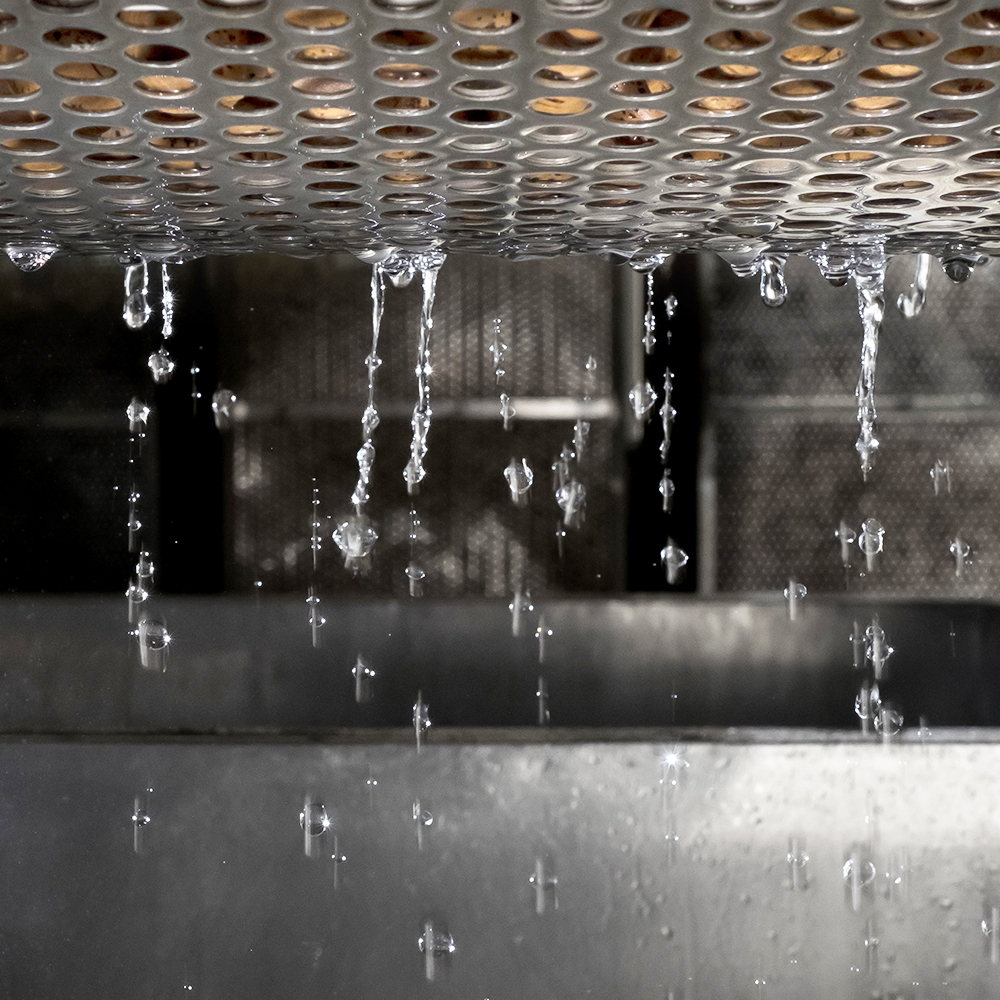
RESEARCH PROJECTS
The ongoing R & D & i projects
A summary of projects in different areas
July 2020
THE PROJECTS ARE DIVIDED BY THEME AREAS:
AREA 1: Reduction and elimination of sensory deviations
1. VIGAS·18 OPTIMIZATION
Optimization of the VIGAS·18 sensory deviation reduction system through the use of adsorbents and biosorbents. It is an external project that we are developing with the Catalan Cork Institute (ICSuro) and other companies in the sector, co-financed by the European FEDER fund and by the Department of Agriculture, Livestock, Fisheries and Food of the Generalitat of Catalonia through the Operation 16:01:01 (cooperation for innovation) of the PDR of Catalonia 2014-2020.
2. TCA MIGRATION STUDY
In collaboration with one of our clients, we are developing a study on the transfer of TCA in different types of wine.
3. ONE-BY-ONE TECHNOLOGY
We have developed a research project testing different technologies under development or that are already on the market.
After the various tests, our technical team has determined that, currently, there is no automatic analysis technology that satisfies the requirements of J·VIGAS in terms of sensory deviation detection, compared to the results obtained with sniffing with manual detection. For this reason, it has been the system chosen to integrate into the J·Vigas quality process.
4. ACQUISITION OF SNIFFING MACHINE
The latest acquisition of J·VIGAS has been a sniffing machine with manual detection that consists of a one-by-one review by qualified personnel after a process that enhances unwanted aromas, such as haloanisols, including TCA, and other sensory deviations.
5. ACQUISITION NEW AGILENT TECHNOLOGIES SPME ARROW CHROMATOGRAPH – GC INTUVO – MS/MS
Recently, J·Vigas has acquired a new chromatograph that allows analysis to be carried out with great precision and a speed six times greater than the previous chromatograph. According to our studies, there is no other equipment on the market today that gives such reliable results in 5 minutes of analysis. Our goal is to guarantee not only the absence of haloanisoles in our products but also any sensory deviation.
AREA 2: Oxygen permeability (OTR)
1. TRANSFER OF OXYGEN ACCORDING TO MANUFACTURING CONDITIONS
This study is an innovative pilot project that is part of the Operational Groups of the European Association for Innovation (AEI) in terms of agricultural productivity and sustainability and integrates four relevant companies in the cork sector. As with the TCA migration study, we are developing the project in collaboration with one of our clients.
Project co-financed by the European ERDF fund and by the Department of Agriculture, Livestock, Fisheries and Food of the Generalitat of Catalonia through Operation 16:01:01 (cooperation for innovation) of the PDR of Catalonia 2014-2020.
We have recently developed two more projects in this area, both in collaboration with ICSuro. On the one hand, a comparative study of the different types of stoppers and their oxygen transfer over time and, on the other hand, a study of the evolution and traceability in different variables with QR / NFC technology.
AREA 3: Other topics
1. STUDY OF THE INTERNAL STRUCTURE
Study of the feasibility of treatment for the reduction and/or elimination of sensory deviations, not only from a sensory point of view but also according to the correct functionality of the stopper by studying the affectation of the internal structure of the cork stopper after the treatment. It is an external project.
2. STUDY OF BOTTLING WITH STOPPERS OF DIFFERENT DENSITIES
It is a project developed with the collaboration of one of our clients. We study the correct technical functionality during bottling and the sensorial evolution of the wine depending on the density of the stopper.
3. SENSORY STUDY AND CHROMATOGRAPHIC PROFILE
An external project with the collaboration of ICSuro. Analysis of the chromatographic profiles of the stoppers during the different manufacturing processes.
4. CORK2WINE
Project that aims to apply a new comprehensive approach to cork research to address the advancement and overcoming of current technological tweaks in the national cork sector. From the stages of primary production in forestry to the subsequent manufacture of wine stoppers, this initiative also studies the profitable and optimal use of by-products and waste.
Ultimately, CORK2WINE aims to guarantee the competitiveness, sustainability, international positioning and future viability of the sector.
J·Vigas participates in this project, which is led by the company Francisco Oller, together with other companies such as Amorim Forestal, Quimivita, Muga and Vilarnau.
5. CARBON FOOTPRINT CALCULATION FOR NATURAL AND SPARKLING CORK STOPPER
Together with ICSuro and ReMa Ingeniería, we are calculating the carbon footprint of our plugs from the woods, going through the first phases of the production process that we do at our company Vimatap·15 in Extremadura, continuing with the production process at our headquarters from Palafrugell and until the end of its useful life.
We are based on the international regulations PAS 2050: 2011 or ISO 14067: 2018 and we are investigating the most reliable criteria with reality to achieve an objective calculation, and which may be useful to promote regulations at international and national level, since we form part of the CTN56 committee / SC5 CORCHO subcommittee.
